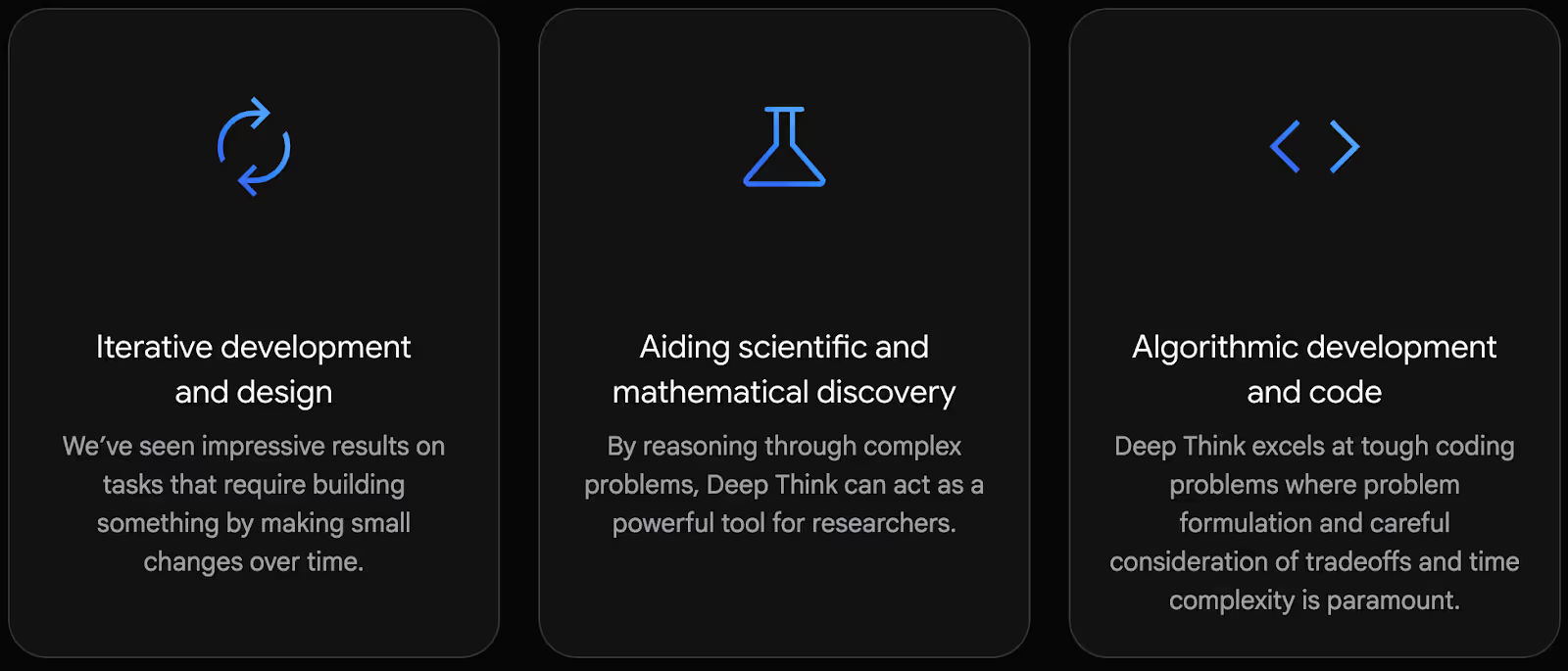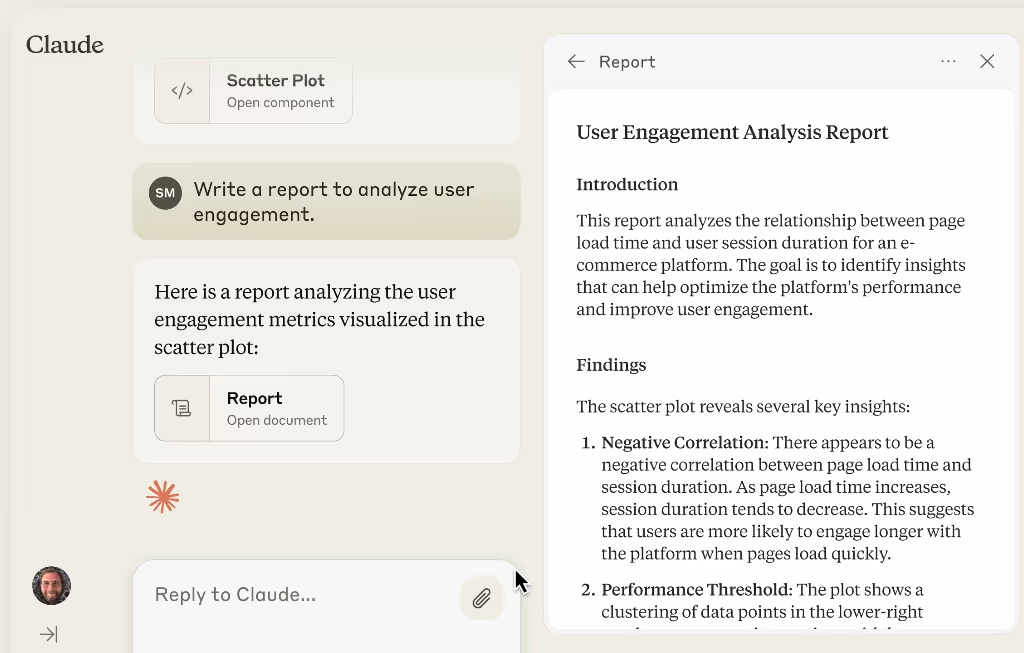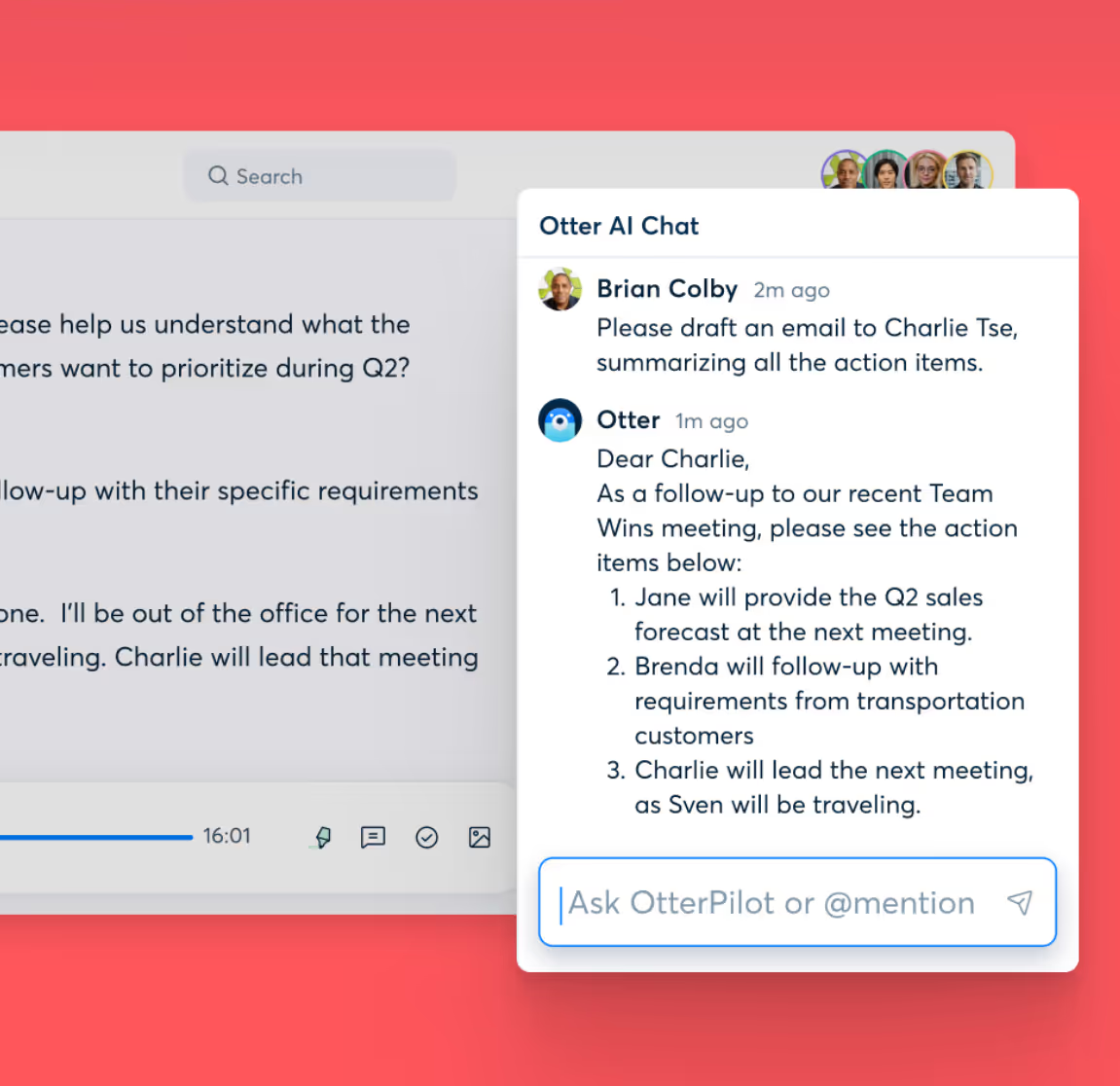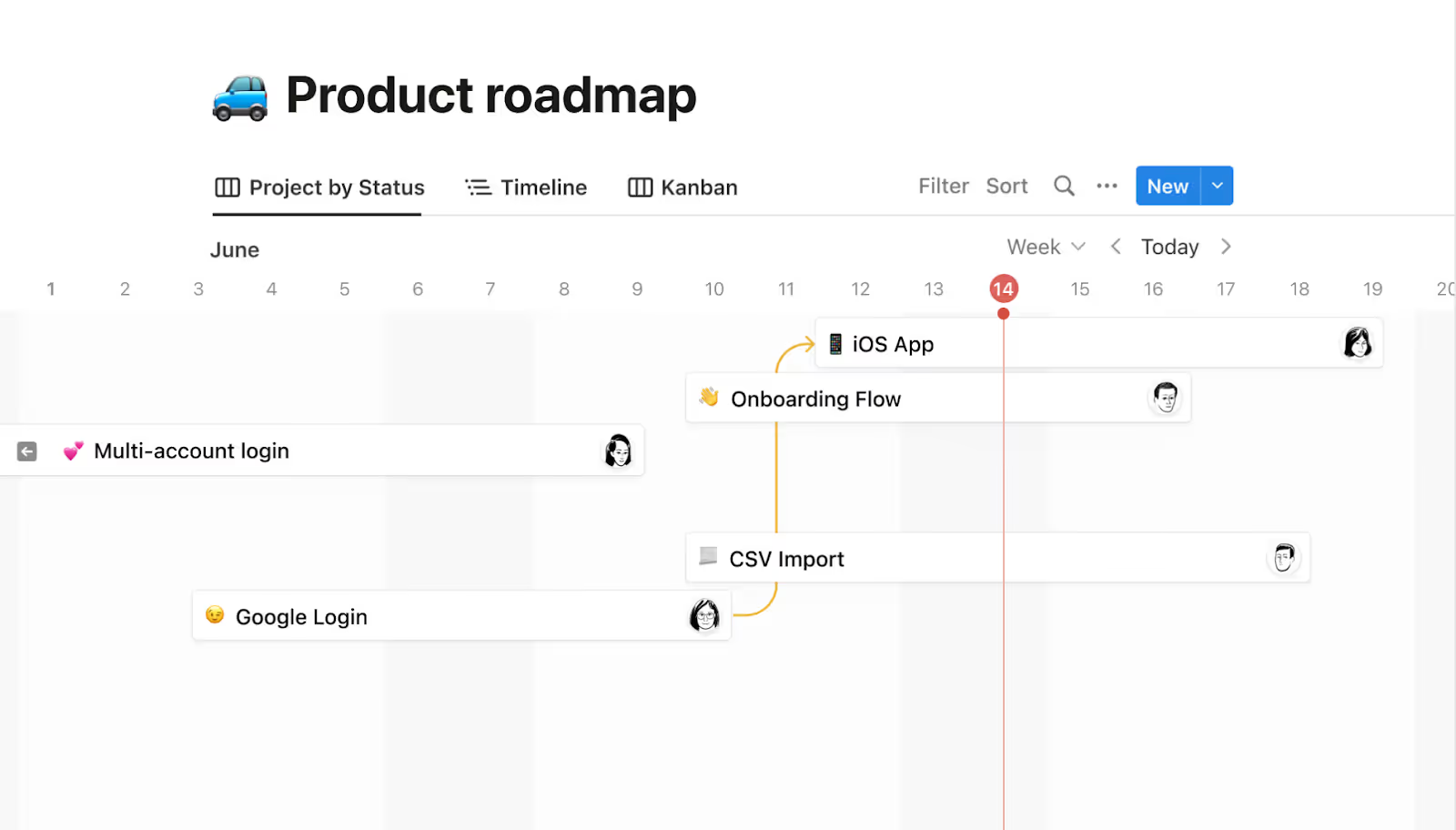Looking to implement AI assistants in your workplace but not sure where to begin? You’re not alone. With so many tools and use cases (over 4,000 AI productivity apps launched just last year) knowing how to integrate AI into your daily work can feel overwhelming. Fortunately, you don’t need to overhaul everything to see results. In this guide, we’ll go over the details to understand, implement, and maximise AI assistants in the workplace.
What Are AI Assistants?
AI assistants are software tools powered by artificial intelligence that help users automate tasks, provide insights, and streamline communication. They can process natural language, understand context, and offer intelligent suggestions or actions. These assistants range from general-purpose chatbots like ChatGPT to specialized tools integrated into productivity platforms like Gmail or Microsoft Teams.
Whether you need help drafting an email, summarizing a meeting, analyzing a report, or researching a topic, AI assistants are built to handle the cognitive grunt work so you can focus on more challenging or value-adding jobs.
Common Types of AI Assistants for Work
AI assistants come in many forms, depending on the task or workflow you’re trying to enhance:
- Email assistants (e.g., Gmelius, Superhuman): Help you write, organize, and automate your email communication.
- Research assistants (e.g., Perplexity, Elicit): Pull information from credible sources and summarize findings.
- Task automation tools (e.g., Zapier with AI integrations, Make): Automate repetitive tasks and connect apps.
- Meeting assistants (e.g., Fireflies, Otter.ai): Transcribe, summarize, and extract action items from meetings.
- Project and knowledge management assistants (e.g., Notion, ClickUp): Help teams organize documentation, manage tasks, and collaborate across projects with AI-powered templates, summaries, and planning tools.
Benefits of Using AI Assistants at Work
From email management to real-time collaboration, here’s how AI can boost your workplace efficiency.
Boosting productivity and efficiency
One of the most immediate benefits of AI assistants is time savings. AI can automate repetitive, low-value tasks like sorting emails, scheduling meetings, and generating routine responses. This allows professionals to redirect their attention to higher-level thinking and creative problem-solving.
For example, an AI assistant like Gmelius can automate email follow-ups and categorize incoming messages based on keywords or context, helping you maintain a clean inbox without lifting a finger. Similarly, Copilot tools in platforms like Microsoft 365 can summarize long documents or help you generate reports in seconds.
Enhancing communication and collaboration
AI is also reshaping how teams communicate. Tools like Gmelius embed AI directly into Gmail, helping teams coordinate faster with smart replies, shared inboxes, and automated workflows, all without switching platforms.
AI-driven transcription and note-taking tools ensure that no detail from a meeting gets lost. They can even assign tasks based on conversation context, ensuring that projects keep moving forward. This reduces misunderstandings, saves meeting time, and supports more transparent collaboration.
Automating routine tasks
From generating meeting notes to scheduling follow-ups, AI can take care of the admin work that typically eats up hours of your week. Tools like Notion allow AI-driven triggers to move data between platforms, send alerts, or create tickets based on events.
Imagine receiving a customer inquiry via email. With the right AI assistant, it can be categorized, responded to, and logged in your CRM, all automatically. These workflows, once built, save your team hours every week and reduce the chances of human error. To save time on repetitive emails, learn how to create and use Gmail email templates that work perfectly with AI assistants like Gmelius.
Top 5 AI Assistants
Here are our top 5 picks to help you streamline communication, boost productivity, and stay focused at work.
Gmelius: Email collaboration & automation

Gmelius is an AI-powered email and collaboration platform built directly into Gmail. Designed for teams, it combines smart email automation with features like shared inboxes, workflow templates, and internal notes. Its AI assistant doesn’t need a prompt and helps users write faster, automate follow-ups, and reduce inbox clutter, without leaving Gmail. It’s especially useful for teams that want to streamline communication without adding another platform.
Explore popular Gmail AI assistants to see how Gmelius compares with other AI-powered email solutions.
Gemini: AI built into Google Workspace

Gemini is Google’s AI assistant designed to work across Gmail, Docs, Sheets, and more. It helps draft emails, summarize documents, create presentations, and even generate formulas in Sheets. Since it’s integrated into the Google ecosystem, Gemini is perfect for teams already using Workspace who want fast, context-aware assistance without switching apps.
Claude: AI writing & knowledge assistant

Claude by Anthropic is a general-purpose AI assistant known for its thoughtful and conversational approach. It’s particularly good at writing, editing, and answering nuanced queries with context awareness. Claude is ideal for teams that need a reliable assistant for brainstorming, writing, or drafting structured content. Its tone is more aligned with human reasoning, making it a popular option for those who prioritize clarity and coherence in their AI support.
Otter.ai: Meeting transcription & follow-up

Otter.ai is an AI meeting assistant that records, transcribes, and summarizes conversations in real time. It’s perfect for remote or hybrid teams that want to stay aligned without taking manual notes. Otter can highlight key moments, tag speakers, and even generate action items, making it a must-have for productive meetings and post-call follow-ups.
Notion: Project management & team knowledge

Notion combines notes, wikis, and task boards into one flexible, all-in-one workspace. It's ideal for teams that want to centralize documentation, plan projects, and manage tasks in a highly customizable environment. Remote teams especially benefit from its modular structure, which adapts easily to different workflows, from content calendars to sprint planning.
AI Assistants at Work: First Steps
If you’re just getting started, begin with one tool and a specific task. Trying to do everything at once with AI can quickly get overwhelming. Here are a few beginner-friendly tips:
- Start small: Identify a task you do frequently that could be automated, like replying to customer emails or scheduling meetings.
- Choose a trusted tool: Look for a solution that fits within your existing tech stack. If your team uses Gmail, Gmelius is a natural fit.
- Experiment: Use the tool for a few weeks and evaluate its performance. Is it saving you time? Is it accurate?
- Adjust your workflow: Don’t be afraid to tweak how you work. AI tools often shine when paired with slight changes in process.
Expert Tips for Maximizing AI Assistants’ Potential
We gathered some insights from industry leaders on how to get the most out of AI assistants, and here’s what they had to say.
1. Encourage AI adoption across your team
When workers see their skills being used to train AI without recognition or reward, it can erode motivation. To prevent this, companies should fairly compensate or reward employees who collaborate with AI systems. This builds trust and turns teams into active participants in the innovation process.
“Companies should incentivize their employees to share their knowledge and work with the technology, or compensate them for doing so. As a result, employees would be more likely to want to be active stakeholders in the information-sharing process.”
— MIT Sloan Professor Danielle Li
2. Use AI, but keep human creativity in the loop
While collaborating with generative AI significantly boosts task quality, some users reported lower motivation when switching back to solo work. This highlights the need to design workflows that balance AI support with creative autonomy. With thoughtful integration, AI can free up cognitive space for deeper thinking and more meaningful work.
“The solution isn’t to abandon gen AI. Rather, it’s to redesign tasks and workflows to preserve humans’ intrinsic motivation while leveraging AI’s strengths.”
— Harvard Business Review
3. Lead by example
Adoption of AI tools often starts from the top. When managers and team leads actively use AI to streamline their own work, it builds confidence and sets the tone for a culture of experimentation and innovation.
“Managers are using AI assistants more, and that’s a good thing.”
— Enrique Dans, Professor of Innovation at IE Business School
4. Embrace AI as a long-term strategic investment
AI is not just a trend, it’s a foundational shift in how work gets done. Companies that invest now in understanding and integrating AI tools across teams will have a significant advantage as the technology matures and becomes even more capable.
“We have a strong conviction that AI agents will change how we all work and live.”
— Andy Jassy, Amazon CEO
Common Challenges and How to Overcome Them
Even the best tools come with some limitations. When adopting AI assistants at work, it’s important to address concerns early and build trust across your team. Here’s how to navigate the most common challenges:
Data privacy and security concerns
AI assistants often require access to your data to function effectively. This raises concerns about privacy, especially in industries like finance, healthcare, or legal. To mitigate risks:
- Choose tools with strong security certifications (e.g., SOC 2, GDPR compliance)
- Avoid connecting personal or sensitive accounts unless necessary
- Understand how your data is stored, processed, and shared
Avoiding overreliance on AI
AI should support, not replace, human judgment. Set clear boundaries for what tasks AI is allowed to automate. In customer communication, for example, use AI for drafts but require manual review before sending. This ensures tone, nuance, and brand voice remain consistent.
Managing change and user adoption
Change can be difficult, especially if teams are comfortable with their current workflows. Introduce AI gradually, starting with low-risk tasks. Highlight wins, gather feedback, and provide support to encourage adoption. The goal isn’t to force change, but to show how AI makes work easier.
Future Trends in AI Assistants for Work
What’s next? Stay ahead by exploring the emerging trends of AI assistants that will shape how teams collaborate, automate, and innovate.
Increasing AI personalization
AI tools are becoming more context-aware, learning individual users’ habits and preferences to deliver personalized recommendations. Email assistants, for instance, might adapt to your writing style over time or suggest responses based on your past behavior.
Integration with emerging technologies
As AI matures, expect deeper integrations with AR/VR platforms, wearables, and real-time collaboration tools. Imagine an AI assistant that not only schedules your meetings but also prepares immersive briefing decks in virtual reality.
Expanding use cases across industries
AI assistants are no longer confined to tech-savvy startups. Legal firms use AI to review contracts, educators use it to generate lesson plans, and medical researchers use it to summarize clinical data. As AI becomes more accessible, more industries will find use cases that improve speed, accuracy, and productivity.
Conclusion
To make the most out of AI assistants, the key is to build your own kit, a tailored set of tools that fits your unique workflow and goals.
Start small, choose tools that integrate with your current workflow, and focus on solving one pain point at a time. With consistent use and thoughtful implementation, AI assistants can help you do more with less effort, reducing burnout, enhancing decision-making, and giving you more time to focus on what really matters.
Ready to build your AI assistant kit? If your team already lives in Gmail, Gmelius is a perfect place to start, smart email collaboration, right inside your inbox.
.avif)


.avif)

.avif)

.avif)
.avif)